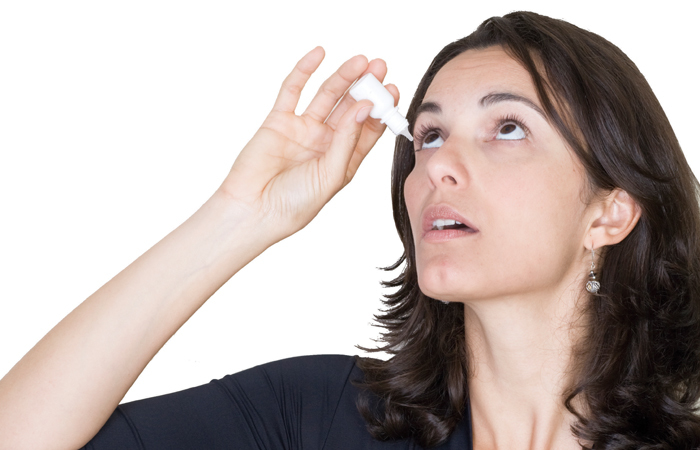OTC

Eye health
In OTC
Bookmark
Record learning outcomes
Eyes can be affected by a number of conditions, some of which will need specialist help while others can be treated with self care advice and OTC treatments.
Conjunctivitis
There are three types of conjunctivitis:
- Infective conjunctivitis: Caused by bacterial or viral infection, this makes the eyes look pink; lids may be inflamed and there will be a sticky, yellow discharge. Most cases resolve by themselves in one to two weeks, but lubricant eye drops can ease sore and/or sticky eyes. Eye drops containing chloramphenicol can be recommended to treat an infection.
- Allergic conjunctivitis: Caused by reactions to pollen, dust mites or pets, this causes watery, itchy eyes. Antihistamine eye drops block the action of histamine, while sodium cromoglicate drops can be used to reduce the amount of histamine released when an allergen is encountered.
- Irritant conjunctivitis: Caused by contact with irritants such as shampoo, chlorine or smoke, eyes will look red and feel sore. If symptoms don’t resolve on their own, eye drops containing naphazoline can relieve redness and irritation.
Dry eye
This occurs when insufficient tears are produced or tears evaporate too quickly. Symptoms include dry, gritty, red and sore eyes; eyelids stuck together on waking; and temporary blurred vision.
Lubricant drops help by replacing water in the tear film and oily tear drops replenish the oily part of the tear film. These are available in spray format, too. Eye ointments are best for overnight use.
Blepharitis
This causes the edges of the eyelids to become inflamed. Symptoms include itchy and sore eyelids, eyelids stuck together on waking, crusty eyelashes, a gritty feeling and photophobia (sensitivity to light).
Blepharitis can be controlled with daily eye hygiene, including:
- Applying a warm compress to the eyelids for 10 minutes
- Massaging closed eyelids with a cotton bud or finger to loosen crusting
- Using a cleaning solution or cotton bud and water to clean the eyelids.
Oily tear drops or liposomal sprays can offer some relief. If blepharitis doesn’t improve with daily cleaning, antibiotic drops or ointment may be necessary.
Styes
Usually caused by a bacterial infection, these are small, painful abscesses on the eyelid that may cause the eye to be red and watery. Styes usually heal by themselves in three to four days, but a warm compress held against the eye will encourage pus to release and the area should heal more quickly.
Age-related macular degeneration
This is caused by a breakdown of the light-sensitive cells in the macula – a spot in the centre of the retina – which occurs with age. Age-related macular degeneration (AMD) affects central vision only. There are two types of AMD:
- Dry AMD develops when there is a build-up of waste material under the macula. In the early stages, vision loss is minor, but it can worsen
- Wet AMD is more serious and occurs when abnormal blood vessels grow under the retina.
There is no proven treatment for dry AMD, although there is evidence to suggest that certain dietary nutrients may slow its progression; customers should be advised to speak to their optician. For wet AMD, patients can be treated with anti-VEGF medication, which prevents the growth of new blood vessels in the eye.
Glaucoma
Glaucoma affects the optic nerve and can lead to sight loss if not detected and treated quickly. It doesn’t usually have noticeable symptoms to begin with, but in time, it starts to cause loss of peripheral vision. Very occasionally, glaucoma can develop suddenly and cause:
- Intense eye pain
- Red eye
- Headache
- Tenderness around the eyes
- Seeing rings around lights
- Blurred vision.
Eye drops, laser treatment and surgery are all treatment options and the one prescribed will depend on individual circumstances. Eye drops are the main treatment and work by reducing pressure in the eye.

